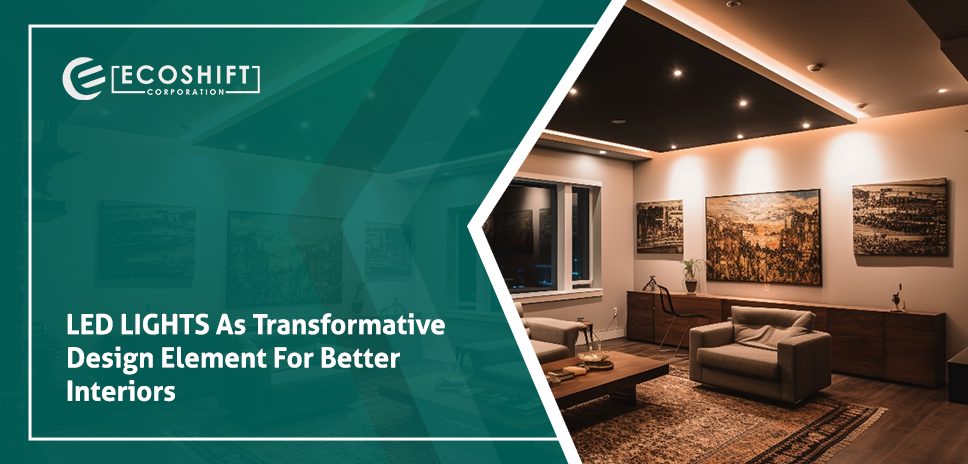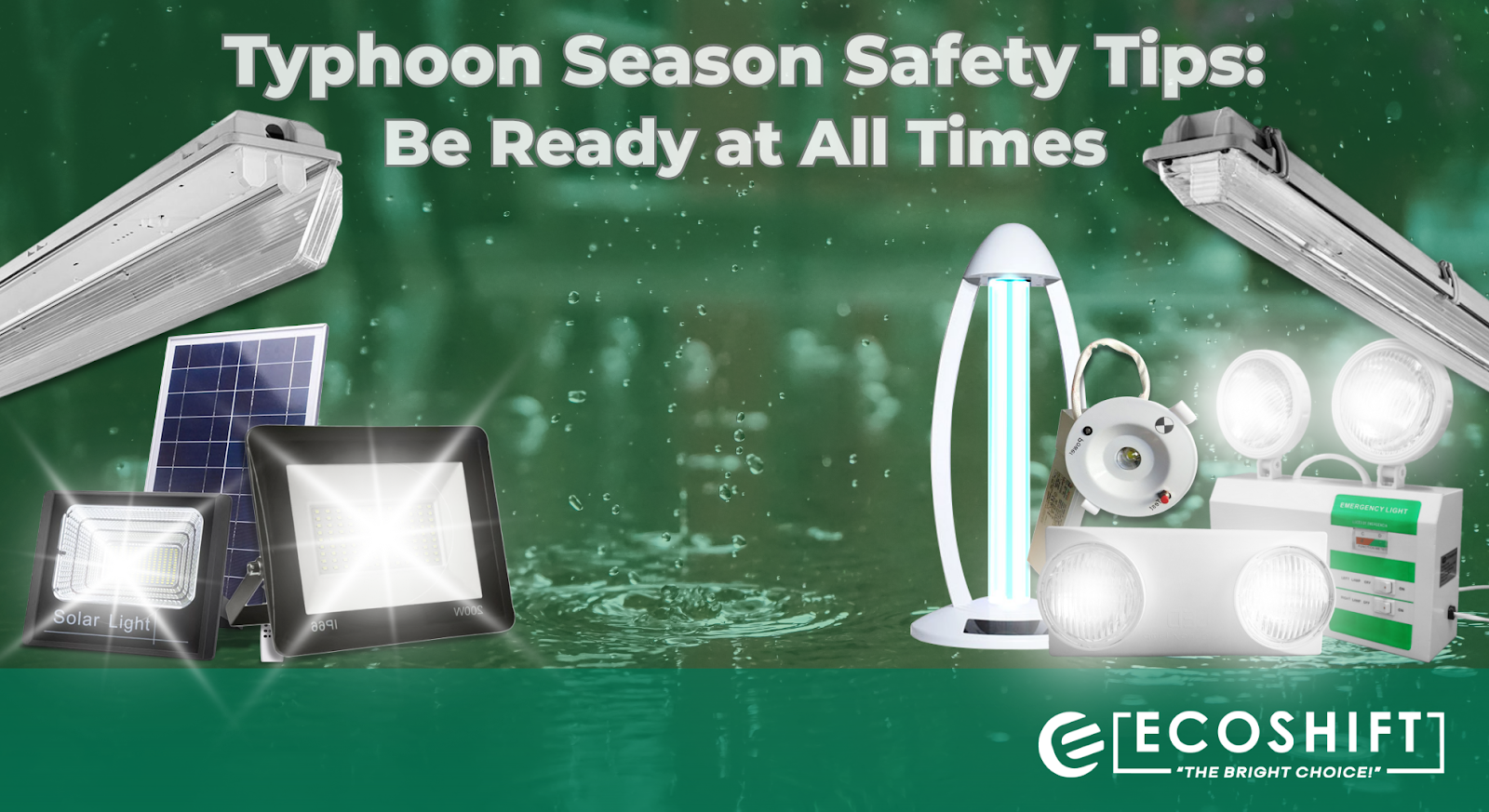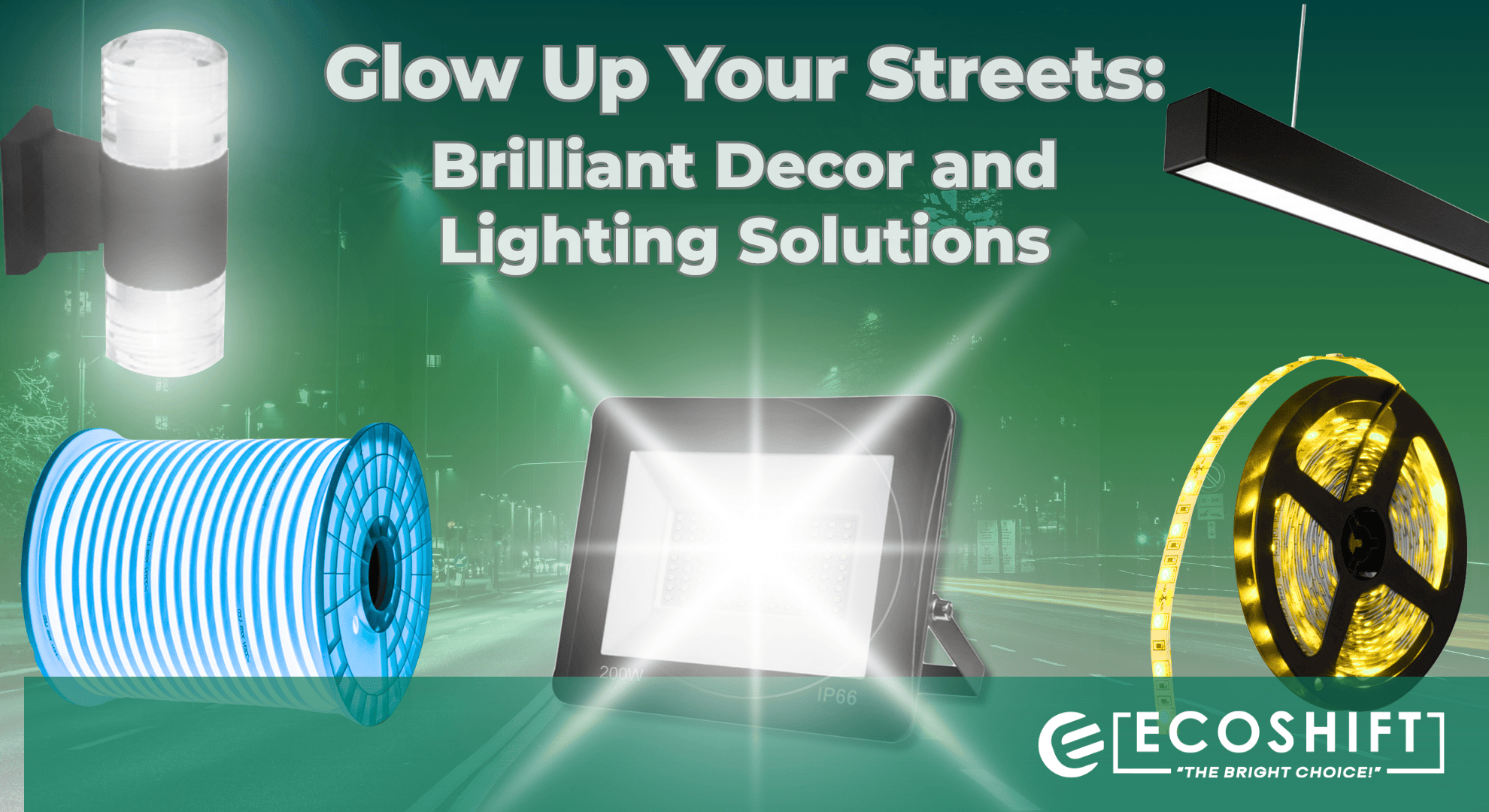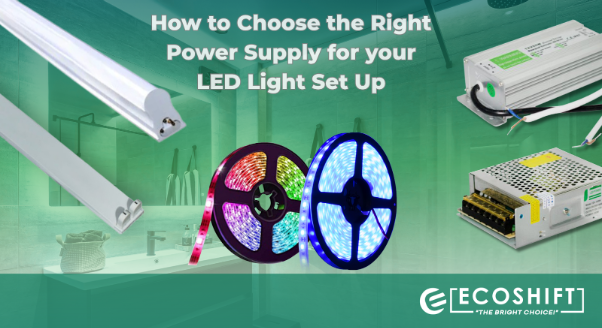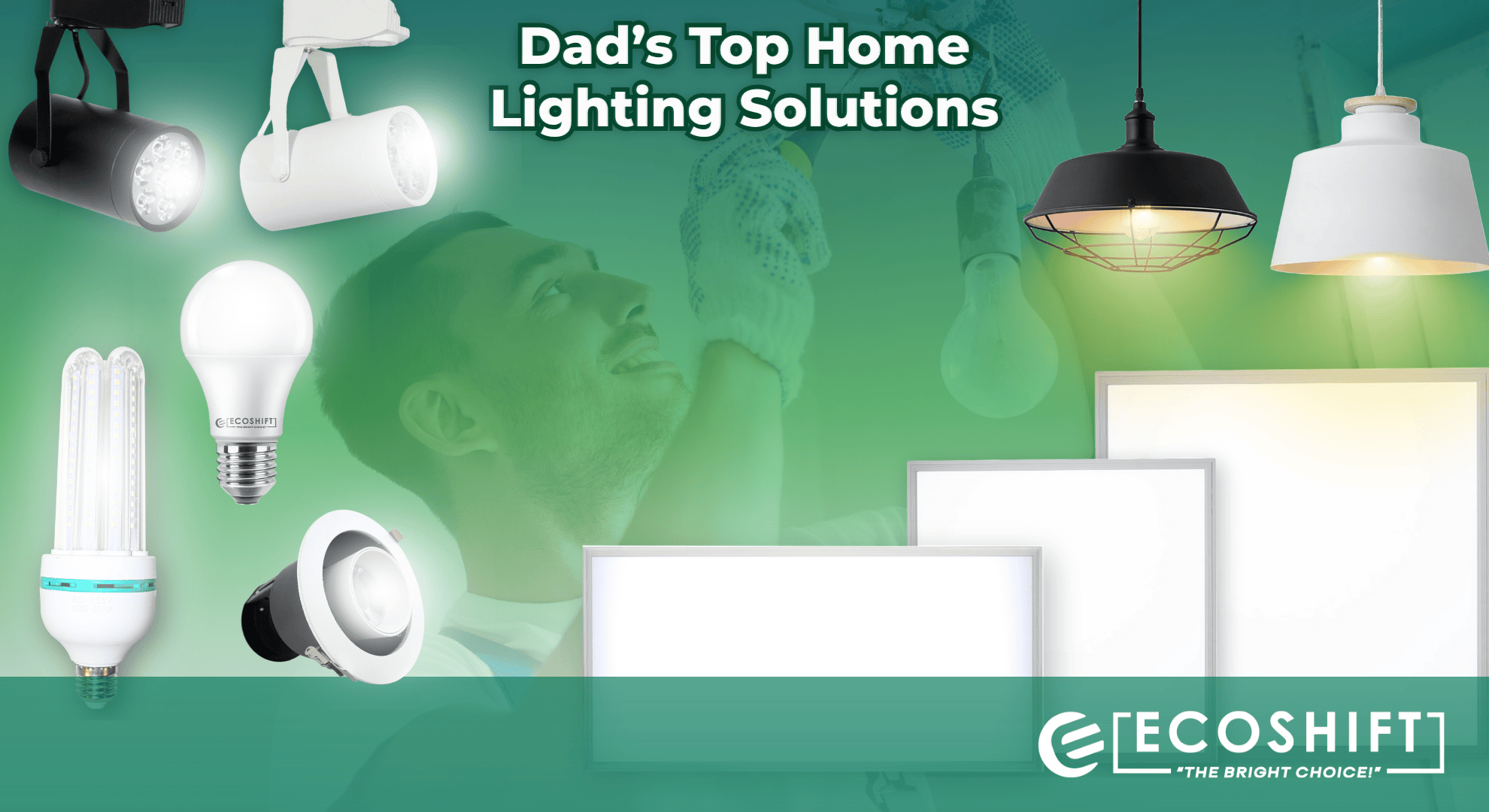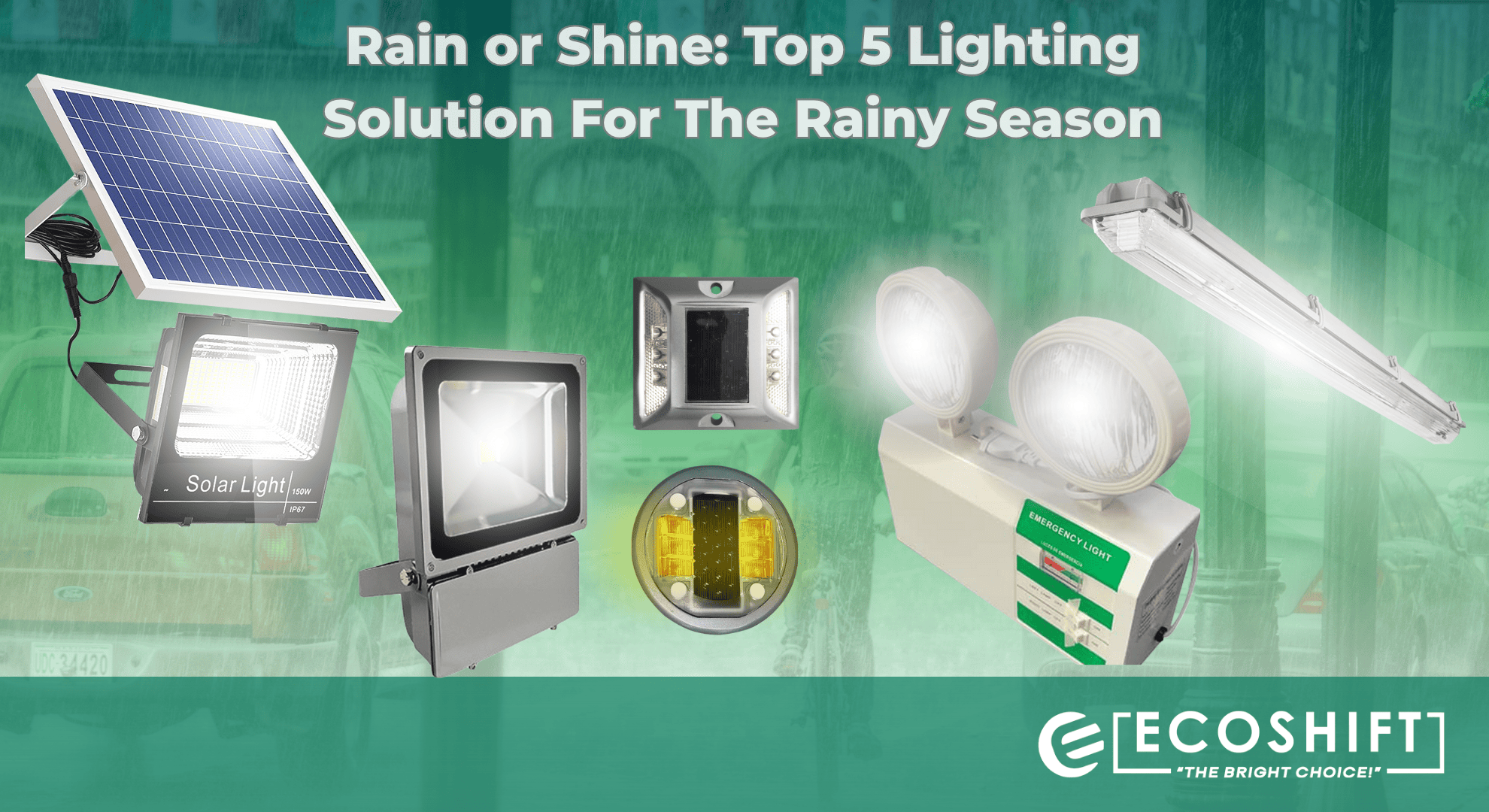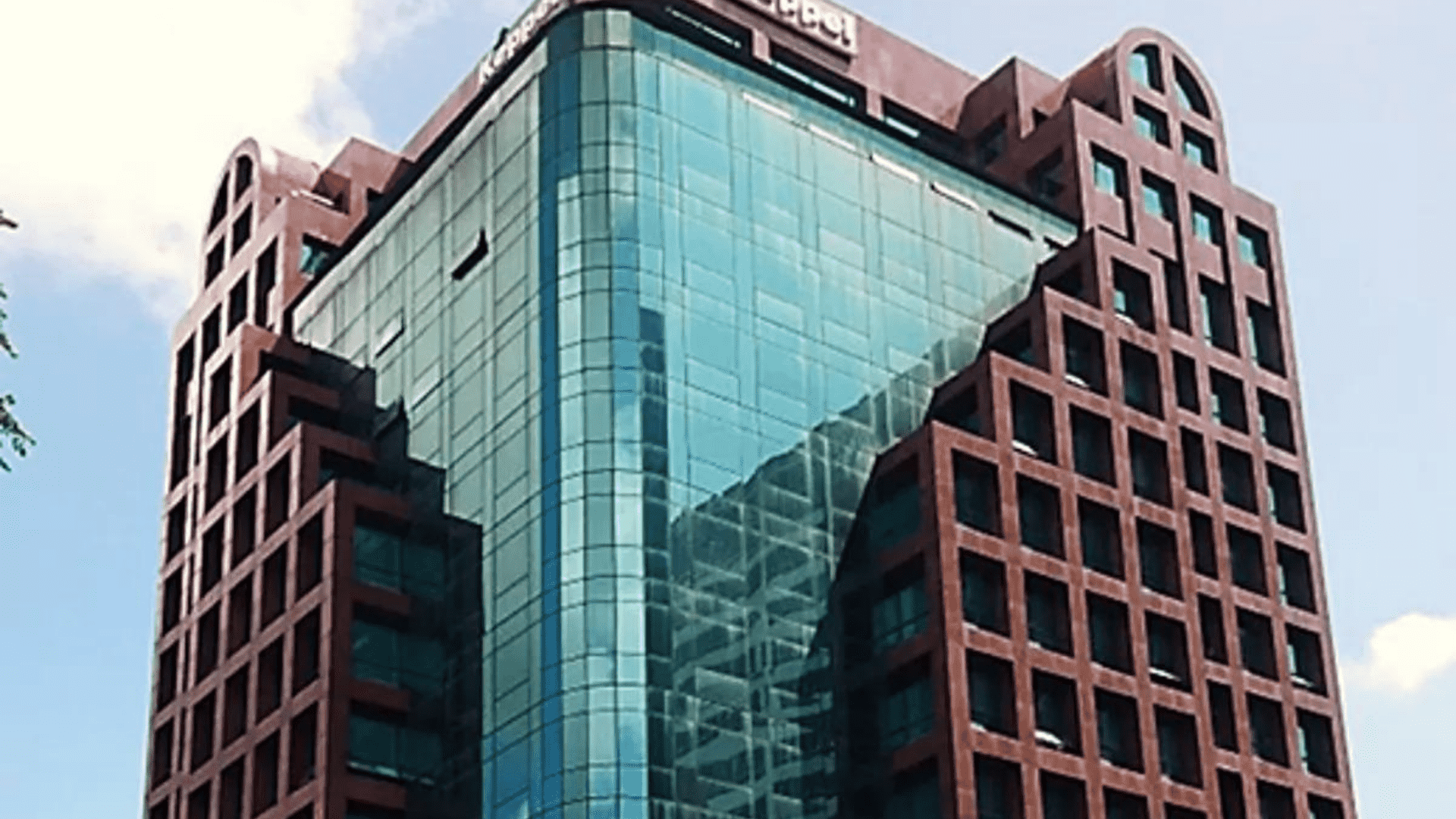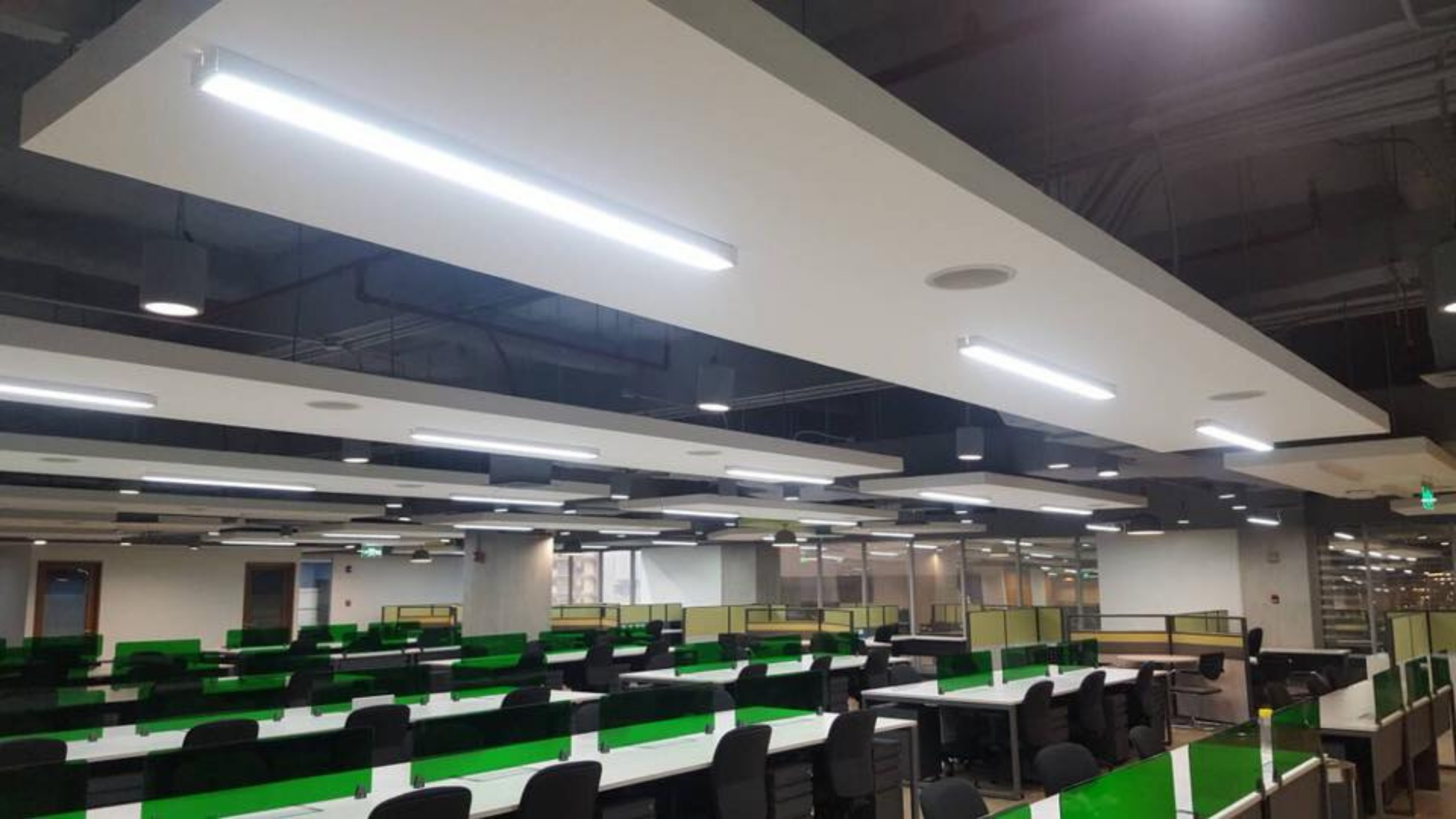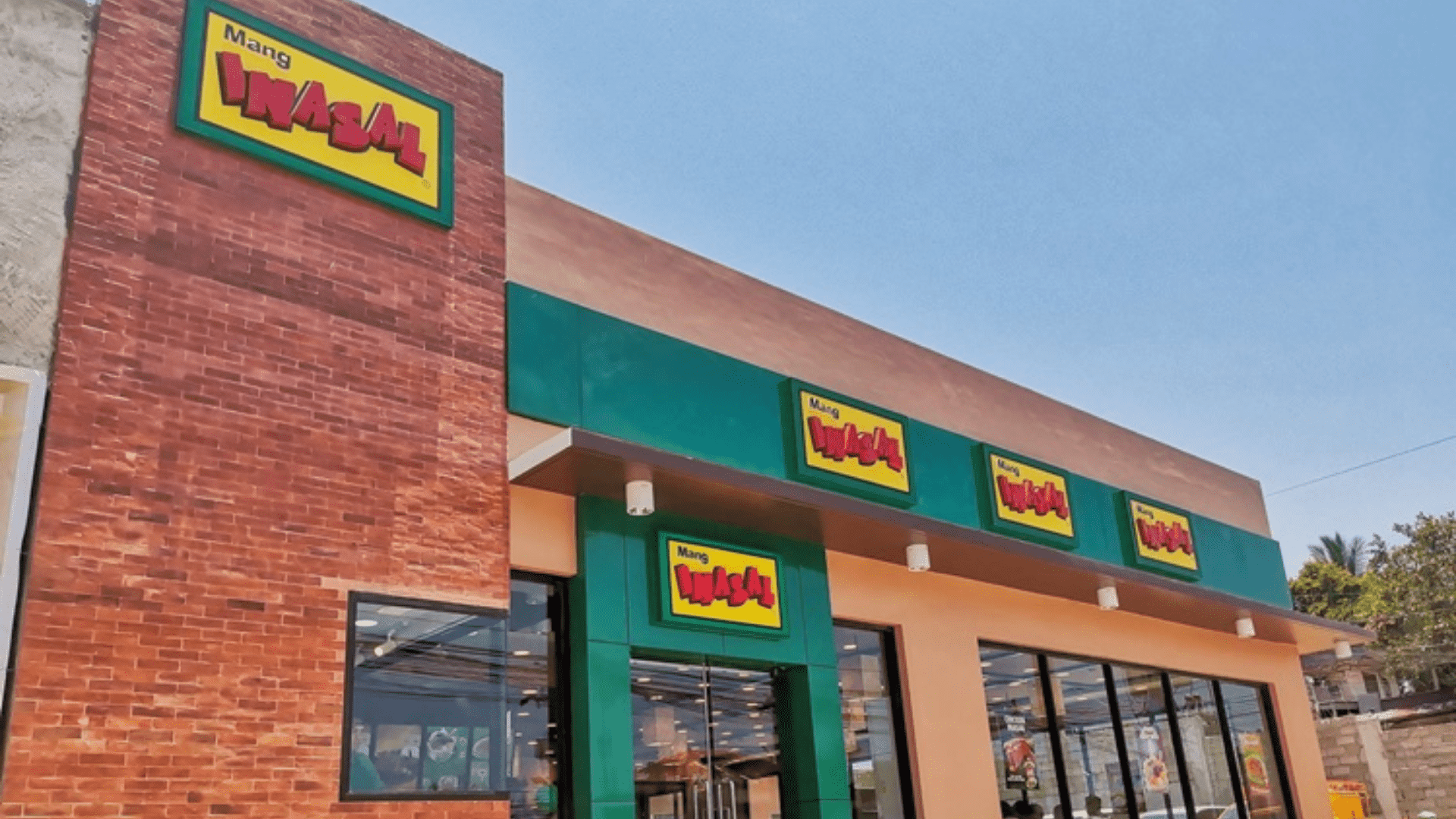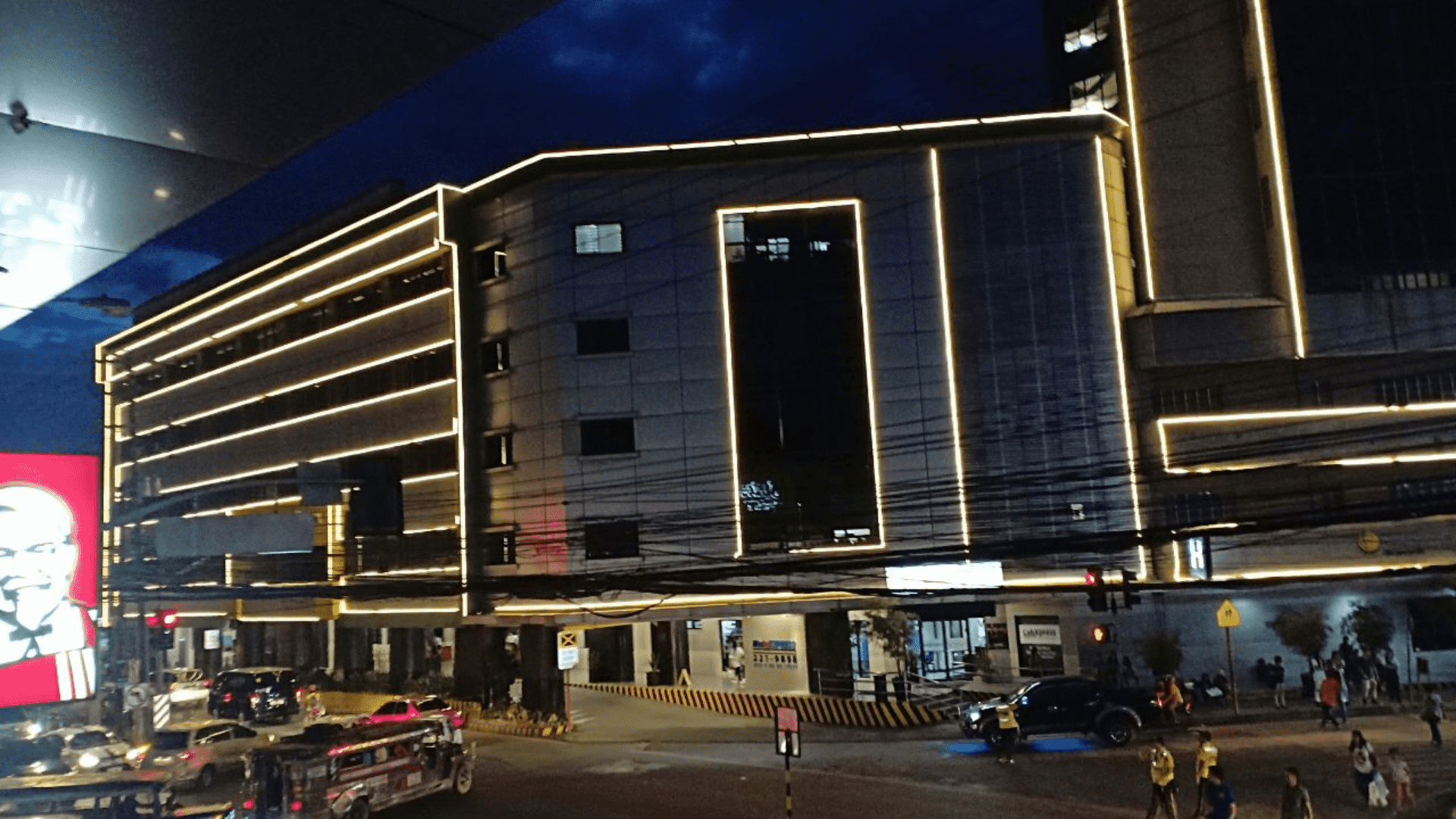Interior designers use various lighting types to create personalized environments, altering mood and spatial perception. Coordinating lighting type and placement with other design elements like furniture, natural light, and color selection seamlessly blends style and functionality, transforming spaces. LED lighting‘s popularity stems from its affordability and sustainability, enabling designers to create stunning interiors with the desired ambiance.
The latest trend aims to create collaborative and visually appealing workspaces by using transformative lighting to turn ordinary environments into inspiring interiors. Designers balance functionality and aesthetics, integrating lighting solutions that promote productivity and creativity for an enhanced work experience. Now how do LED Lights become a transformative design element for better interiors?
Style and Illusion with Energy-Efficient Integration
LED lighting is favored for its energy efficiency, resulting in reduced carbon dioxide emissions and less landfill waste, thereby improving the carbon footprint. LED lights create a harmony of various elements that designers use to manipulate the perception of space, making rooms appear larger or smaller as needed.
Its proper lighting placement can also draw attention to specific areas, enhancing the overall design. Except for being able to use style and illusion effectively, you are also able to save energy.
Cost-effective Interior Features Enhancement
Designers skillfully use lighting to highlight and elevate specific elements within interior settings, guiding visitors’ eyes toward essential aspects of the design project. Lighting is a medium for visual storytelling, enabling designers to express emotions and showcase captivating features, enhancing the overall experience.
LED lighting takes center stage in enhancing interior features, offering budget-friendly and energy-efficient advantages over traditional lighting options. This results in reduced electricity expenses and long-term savings, making LED lighting a preferred choice for design projects seeking both aesthetics and economic efficiency.
Improves the Illumination and Atmosphere
LED lights have revolutionized illumination, offering superior brightness and wider distribution. They provide designers with diverse possibilities to create elegant spaces and effortlessly adjust the ambiance and their remarkable customization options, including a wide range of colors in bulbs, neon lights, and strip lights, allowing for perfect matching with any commercial or living space.
Designers recognize the impact of lighting on mood and functionality, carefully curating the ideal atmosphere for various areas. Utilizing LED lights’ versatility, designers meet their client’s specific needs, resulting in interior spaces that come alive with a perfect blend of functionality and ambiance, transforming our surroundings.
LED lights offer numerous advantages, not only in terms of affordability and environmental friendliness but also in their ability to enhance interior settings, particularly in modern interior design. Examples of this successful integration of LED lighting can be seen in Ecoshift’s previous projects at the Logistics Firm LED Lighting Project of AGX Express Phils. Inc. and Outlet Store LED Lighting Project of Adidas Philippines, to name a few, where LED lighting has dramatically improved the overall interior aesthetics.
Ecoshift Corporation is a leading manufacturer of premium LED lights in the Philippines that is dedicated to delivering top-quality lighting products. With a strong commitment to environmental sustainability, Ecoshift offers a wide range of lighting fixtures that promote eco-friendly solutions. Our product portfolio includes solar lights, such as solar flood lights and solar street lights, along with LED panel lights, downlights, high bay lights, tube lights, louver lights, and many more. We take pride in delivering innovative and energy-efficient lighting solutions that contribute to a greener future. To learn more about us, please visit us at https://www.ecoshiftcorp.com/.

